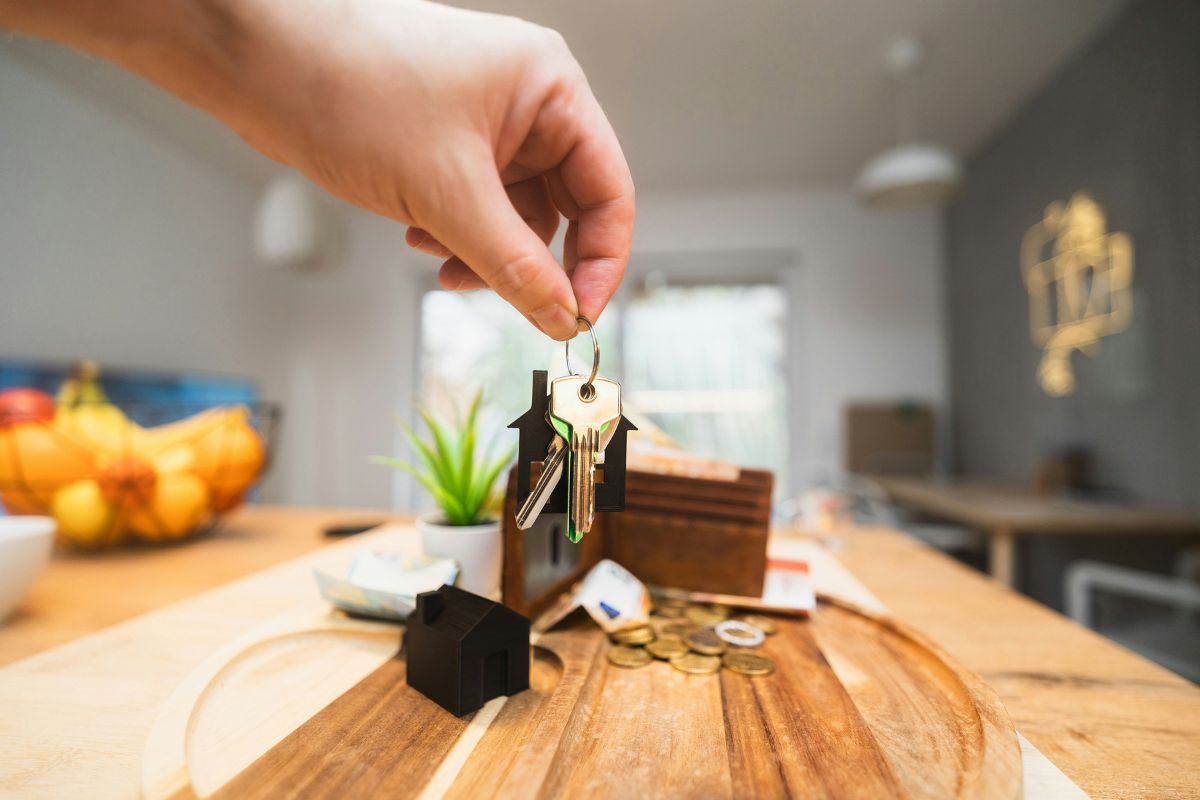Building Wealth Through Buy and Hold Long Term Strategies for Property Investment
You might have heard the popular investment claim that Australian properties double in value every 7 to 10 years. This may be true for some markets and not others, but what we do know is that over the long term, values do keep increasing. The longer you hold a property, the more cycles it will move through and the greater value growth it will have.
The debt you have on a property, on the other hand, decreases over time or –if you are paying interest only- at the very least stays the same. So the longer you hold, the more equity you accumulate and the more wealth you have built.
Some people have traditionally liked to flip and sell for a profit, but if you asked someone if they are glad they sold a property 20 years ago for a quarter of what it would now be worth, they might wish they had their time again.
Greatest advantage of a buy and hold strategy
Time is your friend when you buy and hold. If you start out with an interest only loan on an investment property and it earns enough weekly rent to be positively geared, it has instantly begun paying for itself. Over time, you can incrementally increase the rent until it is enough to cover the principal debt repayments as well as the interest.
Then, the property begins paying itself down. Eventually, it will get itself out of debt and you will have an unencumbered asset that’s worth much more than it was when you purchased it and that continues to pay you a passive income. Rinse and repeat with multiple properties and you can end up with significant wealth and excellent cashflow from your portfolio. And because you don’t need to sell, you can pass that wealth on to future generations.
Don’t pay the government
The other big bonus is that you won’t have to pay capital gains tax (CGT). CGT regularly eats away at profits that investors might have made from selling their properties.
The more money you are able to keep from the tax man, the more you can put into getting rid of your own debts or leveraging into new investments.
Strategic planning
Taking a long-term view helps investors focus on achieving their overall goals, without getting spooked by market fluctuations or other hurdles like rising interest rates. Short term view investors on the other hand need to navigate volatility that can risk their wealth. A short-term investor who, for example, invests in a mining area after speculating a new project will open, will have to wear the consequences if their predictions don’t pan out.
The long-term perspective means you can focus on fundamentals that are time tested, such as buying properties with upside for growth, strong cashflow and in areas with improving economies.
Risk mitigation
A diverse portfolio of properties that are picked to stand up for the long run will allow you to spread risk effectively.
Cheaper properties at the fringe of major areas are unlikely to lose huge chunks of value at any one time and the strong demand for rental properties in affordable sections of cities or large regional hubs will mean your income should remain steady and therefore your ability to service the debt.
When to sell
B.Invested founder Nathan Birch has accumulated more than 220 properties in his lifetime using a buy and hold strategy. But he does sell on occasion. Sometimes, an asset that has performed really well and might be due for a flat growth period can be sold down to pay off some debt, or to leverage into one or more properties that is due for growth.
One of Nathan’s bread and butter strategy examples is to buy 10 properties over a certain period and once they have doubled in value, sell 5 to pay off the other 5. Whatever your take on the buy and hold strategy, it’s important to remember each asset is just a vehicle to get you to your ideal destination. Speak to our Investor Relations team if you want to find out how we can help you reach financial freedom faster.



